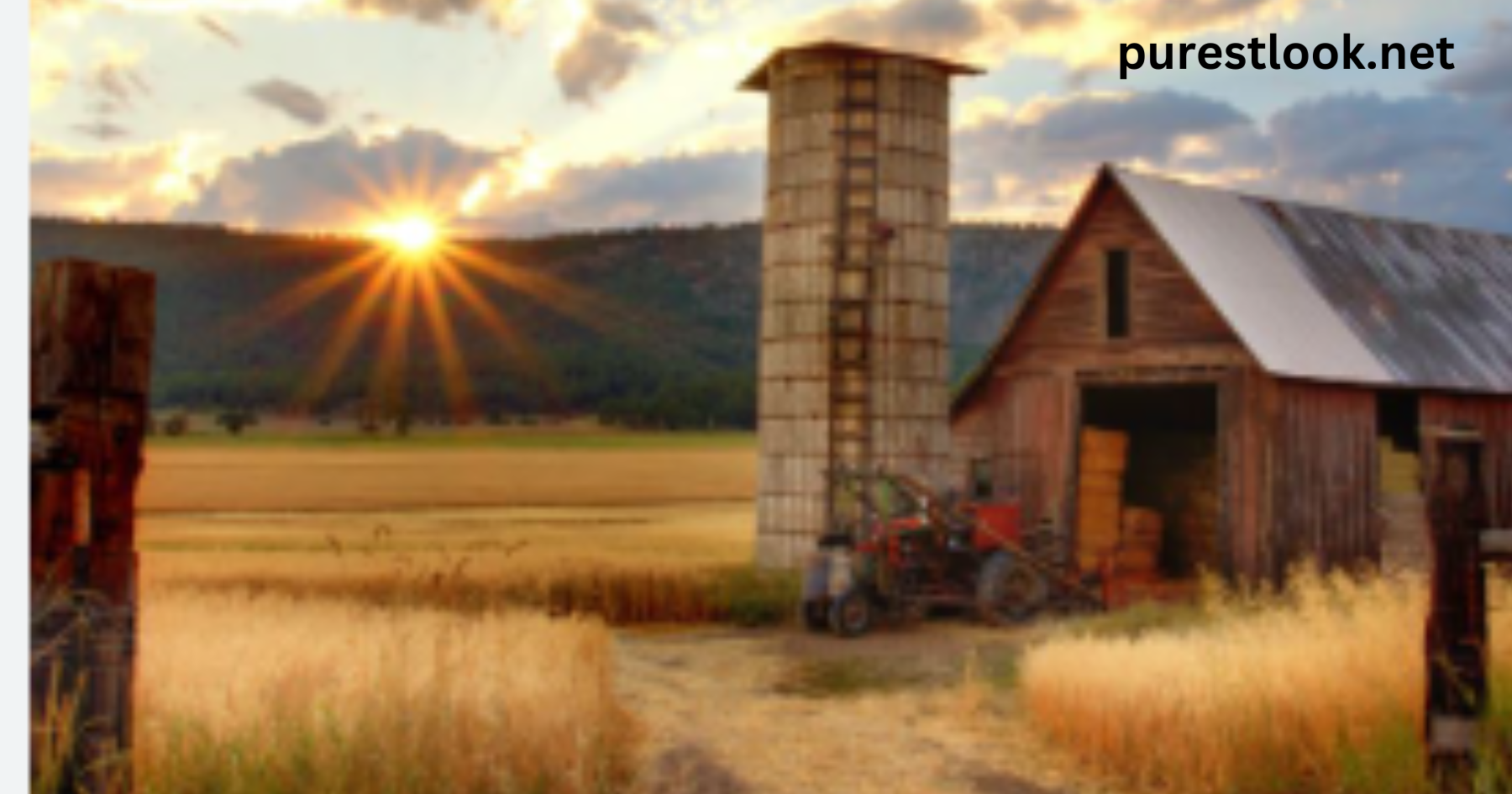Clover, Virginia, holds a unique place in history as the hometown of Henrietta Lacks, a woman whose cells changed medical science forever.
Understanding what Clover looked like during her time provides insight into the environment and culture that shaped her life. This article explores the historical setting of Clover, from its physical landscape to its social fabric, creating a vivid picture of life in the early 20th century.
The Historical Landscape of Clover
Clover in Henrietta’s era was a small, rural community nestled in Halifax County, Virginia. The town’s geography and architecture reflected its agricultural roots.
Key Features of Clover’s Landscape
| Feature | Description |
|---|---|
| Farmlands | Dominated by tobacco fields, which were the economic backbone. |
| Houses | Wooden cabins and modest farmhouses, often built by residents. |
| Roads | Dirt paths connecting farms and the town’s center. |
| Community Spaces | Churches and general stores were the heart of social life. |
Daily Life in Clover
Life in Clover revolved around farming and close-knit community interactions. The day-to-day activities were shaped by the town’s reliance on agriculture and its deeply rooted traditions.
Family Life
Families often lived in multigenerational households, with children contributing to farm work from an early age. Education was limited, with many children attending school only part-time during non-harvest seasons.
Economic Activities
Tobacco farming was the primary livelihood, supported by small-scale livestock rearing and home gardening. The general store acted as a hub for trading goods and socializing.
Henrietta Lacks’ Clover
Henrietta Lacks grew up in a world of close family ties and hard work. Her family’s land was part of the larger agricultural tapestry of Clover, with fields stretching out as far as the eye could see.
The Role of Family Land
The land was not just a source of livelihood but also a symbol of heritage. Families in Clover, including Henrietta’s, deeply valued their connection to the land, which often passed through generations.
| Aspect | Henrietta’s Time |
|---|---|
| Land Ownership | Shared among family members. |
| Housing | Simple homes built from local materials. |
| Community Interaction | Regular church gatherings and shared labor on farms. |
How Clover Has Changed Over Time
Clover has undergone significant changes since Henrietta’s era, with modern developments altering its landscape and culture.
Comparison of Clover Then and Now
| Aspect | Clover in Henrietta’s Time | Clover Today |
|---|---|---|
| Population | Sparse, rural population. | Smaller, aging population. |
| Economy | Agriculture-focused. | Diversified but declining farming. |
| Infrastructure | Dirt roads and wooden houses. | Paved roads and modern structures. |
| Social Life | Centered around churches and farms. | Limited community gatherings. |
Conclusion
Clover, Virginia, in Henrietta Lacks’ time was a small, tight-knit farming community. Its landscape of tobacco fields, wooden homes, and community spaces painted a picture of a hardworking and resilient population. Understanding what Clover looked like helps us appreciate the world that shaped Henrietta’s life and legacy. Today, while much has changed, Clover remains a testament to its rich history and the lives it influenced.
Frequently Asked Questions
What did Clover’s homes look like in Henrietta’s time?
Homes were simple, often made of wood, and built by the families themselves. Most houses had no electricity or indoor plumbing.
What was the primary crop grown in Clover during Henrietta’s era?
Tobacco was the main crop, forming the backbone of Clover’s economy and way of life.
How did families in Clover sustain themselves?
Families relied on farming, home gardening, and trading goods at the general store to meet their needs.
What was the role of churches in Clover?
Churches were the center of social and spiritual life, hosting gatherings, events, and community support networks.
How has Clover’s economy evolved over the years?
While tobacco farming was once dominant, modern times have seen a decline in agriculture, with residents seeking other opportunities.
